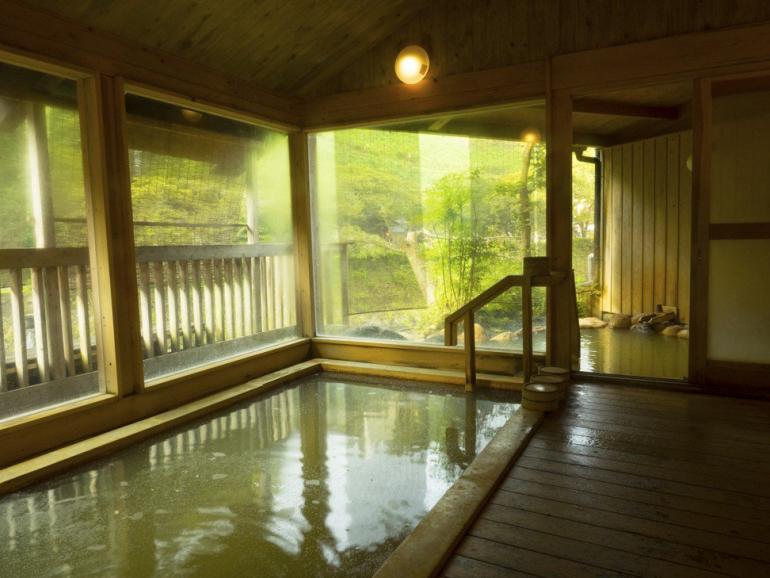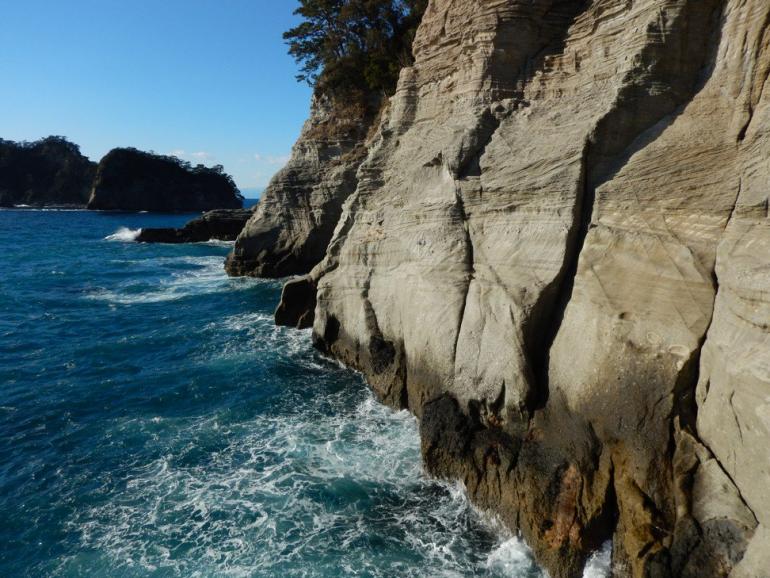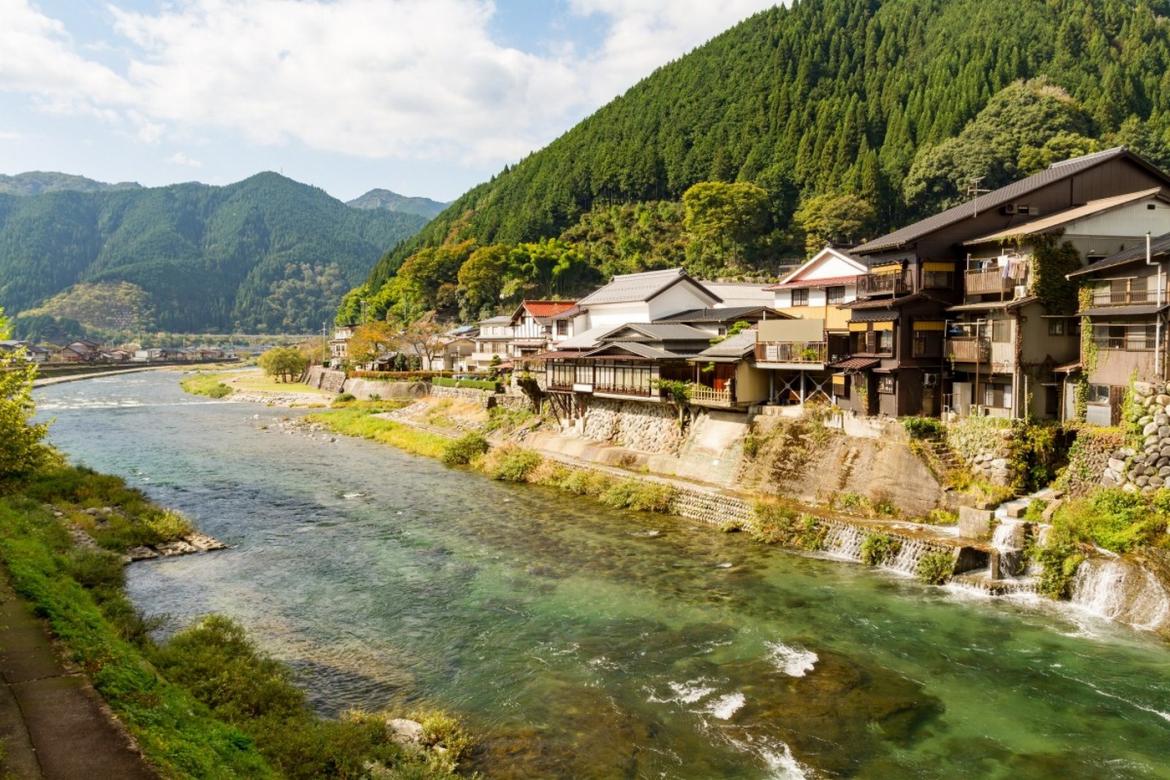Japan’s hidden gems: 5 magical places you’ve probably never visited
It is no secret that Hongkongers love travelling to Japan. From January to March this year, the country has already clocked more than 8 million overseas visitors, according to JTB Tourism Research and Consulting.
The Japan National Tourism Organization (JNTO) has reported that Hong Kong travellers to Japan so far this year have reached the highest number in February, with over 179,000 visitors – though numbers in the past six months peaked in December with over 209,000 Hongkongers arriving in the country. However, the number of visitors from China, South Korea and Taiwan are still leaps ahead: in March, 691,300 Chinese, 585,600 Korean and 402,400 Taiwanese travellers visited Japan, compared to Hong Kong’s 171,400. Still not bad considering Hong Kong has a relatively small population.
Without exaggeration, we can say that Hongkongers have extensively explored the land northeast. However, there are still some hidden gems that diehard Japanophiles may yet have to discover.
Paul Christie, CEO of Walk Japan – a walking tour operator specialising in Japan, which has introduced a new Onsen Gastronomy tour series this year – revealed to us five hidden gems not easily accessible to foreign tourists.
1. Gujo-Hachiman, Gifu
Although Gujo-Hachiman is an elegant castle town with a genteel atmosphere, it is little known and receives relatively few visitors. Squeezed into a narrow valley, between towering verdant mountains and at the confluence of three rivers, Gujo-Hachiman is a tightly packed streetscape of quiet lanes and cobbled paths, which colourful koi carp swim languidly in water channels. Unexpectedly, given its Old-World charm, Gujo-Hachiman is the centre of world’s plastic food industry, and produces extraordinarily tasty-looking replicas of every kind of Japanese dish. Visitors can try their hand at creating a morsel to take home.
Tatsukuni specialises in chanko-nabe, the dish favoured by Japan’s famed sumo wrestlers. The owner, a retired wrestler, provides a warm welcome and will happily describe his life in sumo while plying his guests with some of the best sake produced in the region.

2. Nagayu Onsen, Oita
Nagayu Onsen, set deep in the Oita countryside, is one of the loveliest onsen hot spring resorts found anywhere in Japan. The relaxing quiet of the town is complemented by classic ryokan inns, which serve exquisite, multi-course dinners to relish after soaking in the accommodation’s onsen.
Lamune Onsen, which is named after its naturally fizzing carbonated thermal waters, is an intriguing building designed by Terunobu Fujimori, one of Japan’s lesser-known but no less great architects. A very recent addition to the town is Kur Park Nagayu, a residential, therapy onsen centre created by Shigeru Ban, another acclaimed Japanese architect. A short drive from Nagayu Onsen is the delightful, historic town of Taketa, which is overlooked by the imposing remains of Oka-jo castle.
3. Yunotsu Onsen, Shimane
Yunotsu Onsen is a pleasantly, old-fashioned onsen hot spring town on the Sea of Japan coast. Although known for the therapeutic benefits of its mineral rich waters, the town once also served as a port to the nearby Iwami Ginzan silver mine. The mine, which today is listed as a World Heritage Site, closed many centuries ago and the old road that was once used to transport silver from the mine to ships at Yunotsu’s port is now a lovely, 12km hiking trail.
Yunotsu’s inns have their own onsen baths but visitors should also venture to the town’s two public hot springs, Motoyu and Yakushiyu, where the friendly locals congregate. Legend has it that Motoyu was discovered more than 1,300 years ago while Yakushiyu sprang forth after an earthquake 240 years ago. The waters at both these onsens are reputed to have the power to cure many ailments while the appealing retro character of the buildings housing both these springs only adds to the enjoyment of relaxing in them.
4. Momo-shima, Hiroshima
Momoshima is a 40-minute ferry journey from the thriving port town of Onomichi across Japan’s gentle Seto Inland Sea. A little populated and quiet island, Momoshima has become the home of Yukinori Yanagi, one of Japan’s major artists, and the site of ArtBase, his latest project using art as a catalyst for the revival of the islands of the region. ArtBase, which is housed in an old school, displays works by Yanagi and other top Japanese artists including Noriyuki Haraguchi, Takahiro Iwasaki and Kana Yoshida.
Yanagi, who studied architecture under world-famous Frank Gehry before turning to art, undertakes much of the hard labour himself in reviving the school and other redundant buildings on the island. Currently, he’s converting a long disused farmhouse into accommodation with his distinctive artistic imprint for visitors to stay in.
Yanagi san also conceived the extraordinary Seirensho on Inujima and some of his artwork is on permanent display at the famed Benesse House Museum on Naoshima. Both Inujima and Naoshima are also in the Seto Inland Sea.
5. Shimoda, Shizuoka
At the southernmost tip of the Izu Peninsula, Shimoda can only be reached by taking a slow train or car along Izu’s intricate east coastline. It is now a small and pleasant seaside town, but in the 1850s, Shimoda was briefly at the centre of a political crisis over what relations Japan should have with foreign powers. Shimoda port was opened to American trade under the Convention of Kanagawa, negotiated by Commodore Matthew Perry in 1854. An unsuccessful attempt to board Perry’s Black Ships in 1854 set in motion the demise of the samurai in 1868.

Shimoda’s quiet, atmospheric streets lined with beautiful period buildings, which belie the momentous historical events that unfolded here 160 years ago, are a delight to stroll around. On the outskirts of town is Gyokusen-ji temple where Townsend Harris, the first US Consul General to Japan, lived. In grounds here are the graves of American and Russian sailors from the 1850s; a touching reminder of the earliest overseas visitors to Shimoda.
Note – This story was originally published on SCMP and has been republished on this website

